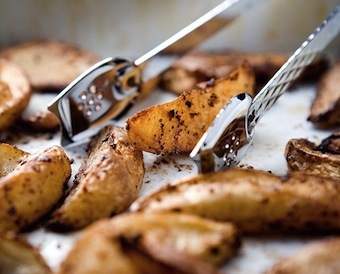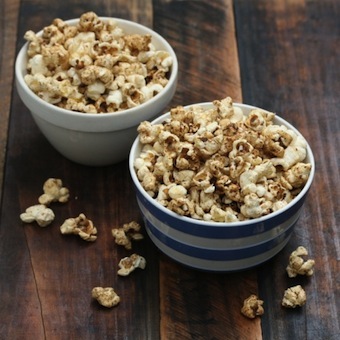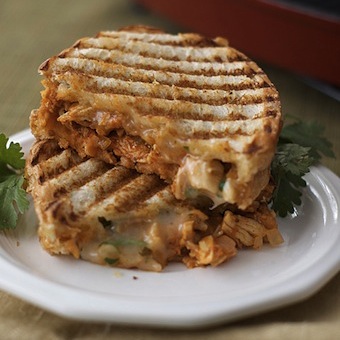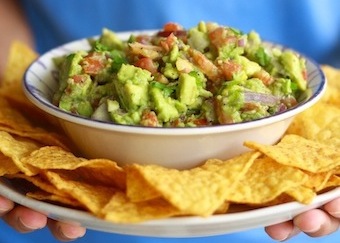
The secret to preventing your lover from wandering off? And your chickens?
Okay, it’s a medieval belief, but the deep, earthy aroma of cumin, and its peppery, pungent taste might just be powerful enough to entice anyone to return home for a meal.
The spice is the tan, oblong-shaped seed from the cumin plant. You can cook the seed whole, or grind it up into a powder form. The seed might be small, but even one packs a lot of flavor.
Cumin has been in kitchens for thousands of years, enjoyed by the ancient Egyptians, Romans and also by the Greeks who kept the spice on the dinner table like we keep salt & pepper. The spice continues to be an integral part of dishes all over the world especially in the Middle East, South Asia, and North Africa. It’s one of the key ingredients in all those delicious Indian curries.
For Americans, open a bottle of ground cumin and the aroma will be instantly familiar. Smells like Mexican seasoning, right? Cumin is used in authentic Mexican dishes, but not to the extent of “Tex-Mex” dishes in the US, which has made cumin one of the main flavors Americans associate with Mexican food. Authentic or not, cumin still makes for mouthwatering tacos!
And cumin, like so many other spices, not only tastes wonderful on food, it makes it healthier. It’s packed with iron and manganese. And has been found to help aid digestion and soothe a stomach ache. In Sri Lanka, cumin seeds are boiled into a tea for just this purpose. Cumin has also been researched for its potential to help the liver detoxify the body.
But the most important medical benefit? A healthy marriage! Legend has it that any bride and groom who carry cumin seeds during their wedding ceremony will be blessed with a happy life together.
{How do you pronounce 'cumin'?}
Okay, it’s a medieval belief, but the deep, earthy aroma of cumin, and its peppery, pungent taste might just be powerful enough to entice anyone to return home for a meal.
The spice is the tan, oblong-shaped seed from the cumin plant. You can cook the seed whole, or grind it up into a powder form. The seed might be small, but even one packs a lot of flavor.
Cumin has been in kitchens for thousands of years, enjoyed by the ancient Egyptians, Romans and also by the Greeks who kept the spice on the dinner table like we keep salt & pepper. The spice continues to be an integral part of dishes all over the world especially in the Middle East, South Asia, and North Africa. It’s one of the key ingredients in all those delicious Indian curries.
For Americans, open a bottle of ground cumin and the aroma will be instantly familiar. Smells like Mexican seasoning, right? Cumin is used in authentic Mexican dishes, but not to the extent of “Tex-Mex” dishes in the US, which has made cumin one of the main flavors Americans associate with Mexican food. Authentic or not, cumin still makes for mouthwatering tacos!
And cumin, like so many other spices, not only tastes wonderful on food, it makes it healthier. It’s packed with iron and manganese. And has been found to help aid digestion and soothe a stomach ache. In Sri Lanka, cumin seeds are boiled into a tea for just this purpose. Cumin has also been researched for its potential to help the liver detoxify the body.
But the most important medical benefit? A healthy marriage! Legend has it that any bride and groom who carry cumin seeds during their wedding ceremony will be blessed with a happy life together.
{How do you pronounce 'cumin'?}
For a taste of cumin, try one of these excellent recipes:
|
|
|
|
|
|









